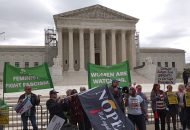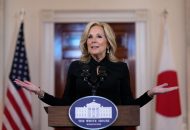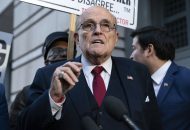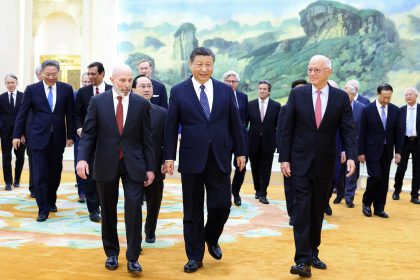As the COVID-19 Emergency Ends, We Must Not End Our Commitment to Advance Health Equity
COMMENTARY
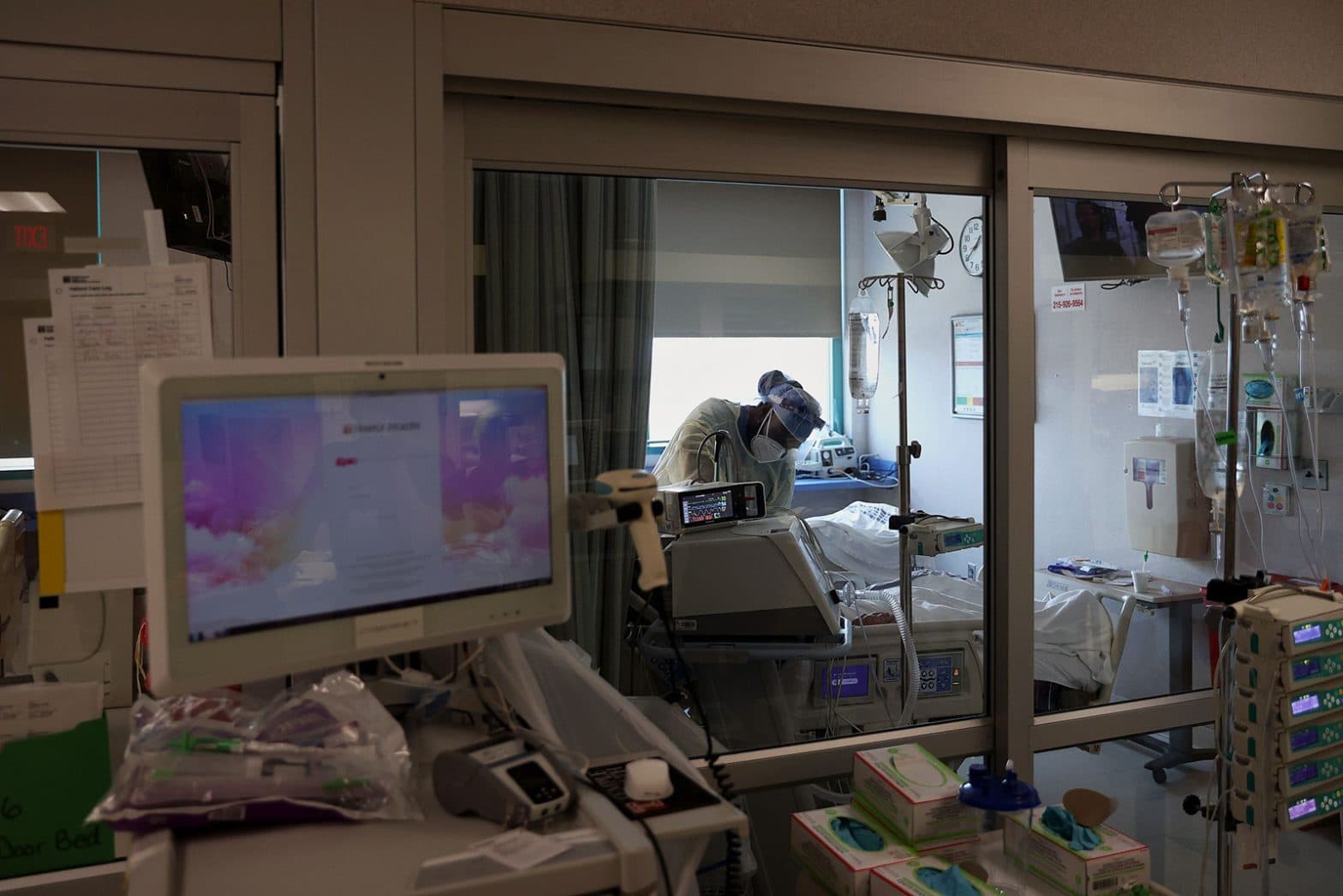
The COVID-19 public health emergency declaration has been a tremendous step forward for creating a more equitable public health system.
In addition to expanding Medicaid coverage to an estimated 93 million people — and thus reducing the number of uninsured Americans to near historic lows — the public health emergency made it possible for testing and vaccines to be freely available to everyone. It has also greatly expanded coverage for telehealth services, including services for mental health and substance abuse.
Over the past three years, these measures have made it possible for those who have previously been unable to afford insurance to have access to annual visits to their primary care physician and to pay for necessary prescriptions. They have helped those who live in rural areas gain access to physical and behavioral health care. They have helped remove barriers to care for children, older adults, people with disabilities and many others.
But with the public health emergency set to end on May 11, many of these benefits may soon disappear. And while most of us look forward to an era of relative calm and normalcy after three-plus years of living under the cloud of a deadly pandemic, those of us who work in public health know a return to the status quo will not end the threat of COVID-19. Worse, we fear that the end of the declaration will bring turbulence and pain to millions of individuals and families.
As we approach the official end to the emergency, it is important for philanthropy — as well as our partners in government, higher education and the private sector — to apply the lessons we’ve learned during the past three years and ensure we make real progress in restructuring our systems to advance health and well-being and achieve health equity. To do that, we must:
Make Comprehensive Health Coverage for All a Real Priority
It is difficult to overstate the impact of the highest-profile change — the unwinding of Medicaid coverage for upwards of 14.2 million Americans. While the results of this change will vary from state to state, the Kaiser Family Foundation and others predict it will disproportionately impact people who have moved, immigrants and people with limited English proficiency, people with disabilities and children — even if they are still eligible for coverage.
Grantmakers In Health has identified ensuring comprehensive health insurance coverage as one of our top policy objectives — and the end of the declaration is a clear step backwards as we pursue this goal. Philanthropy has an opportunity to mitigate the short-term impact by working closely with states, health providers and community organizations to communicate clearly with those who are most likely to be affected during the unwinding period. Together, we have a responsibility to help those who face barriers to avoid unnecessary gaps in coverage.
We must also continue to play the long game by pushing for the adoption of Medicaid expansion in all 50 states, advocating for reforms that protect the continuity and affordability of health coverage for all Americans, and ensuring an inclusive array of covered services — including behavioral health care, oral health care, clinical preventative services and reproductive care.
Prioritize Services That Make Care More Accessible
The pandemic has shown what’s possible when we make care and services more accessible to all. Millions of Americans have gotten vaccinations, home test kits and care for COVID-19 because these resources were made available to everyone at no cost. Millions more have benefitted from expanded access to telehealth services — which removed barriers to physical and behavioral health treatment — as well as treatments for substance abuse.
The end of the declaration will limit the federal government’s commitment to funding these and other critical services, which will disproportionately impact those with lower incomes, communities of color and people living in rural communities.
Philanthropy, health providers and states can fill the void by directing resources to ensure that we continue to make it possible for individuals and families to take steps to prevent their exposure to COVID-19, get treatment when they are sick and access critical telehealth services.
Strengthen Our Health Infrastructure
The past three years have revealed the stress points that exist in our public health infrastructure. We now have an opportunity to ignite conversations about how we can strengthen our system for future emergencies. With that in mind, we should avoid the temptation to simply roll forward without first pausing to consider how we can better prepare for future emergencies.
In the short term, that means we must take steps to replenish our national stockpile of personal protective equipment and other critical supplies.
Longer term, we have an opportunity to create pathways for training a new wave of health professionals to ensure that we have the people power needed to address our current and future needs. To do that, we must finally develop a national strategy to ensure that we expand the supply, diversity, cultural responsiveness and safety of our health workforce — including paraprofessionals, community health workers and peer specialists. To do this, we must devote more resources to supporting recruitment, training and retention of health workers; expanding scholarships and loan repayment opportunities; and taking meaningful steps to foster safe working environments.
Double Down on Advancing Health Equity
Many Americans were not fully aware of our nation’s disparities prior to 2020. But the events of the past three years have made our inequities more visible. And while the public health declaration expanded access to coverage and care for many, we cannot ignore the fact that the pandemic disproportionately impacted people of color, immigrants and those with lower incomes.
Our nation can no longer afford to turn a blind eye to the fact that our children aren’t just hungry during the school day — and that they need access to healthy food before and after school and during summer break. We can no longer afford to ignore the lack of access to basic health infrastructure, such as safe drinking water, in many American communities.
Grantmakers In Health and our members are committed to addressing the inequities through a comprehensive policy agenda that includes ensuring comprehensive health insurance coverage for all; expanding the diversity, supply and safety of the health workforce; advancing innovation in the public-health infrastructure; and increasing access to equitable care for mental health and substance abuse. We invite others to join us in advocating for these critical measures. Simply put, we have a moral responsibility to ensure that everyone — regardless of their income, background or where they live — can get the care and support they need to live healthy lives.
If we are truly about advancing equity, the end of the emergency declaration is a call to redouble our efforts to advance health equity. If we fail to heed that call, many of the changes that will follow the end of the declaration will move us farther away from achieving these goals. The emergency declaration clearly demonstrated that our nation has the capability to make real progress. We need to continue supporting data infrastructure and maintaining the partnerships and collaborations that were strengthened or started during the pandemic. Now that we have seen what is possible, we must build on that progress and continue our journey to achieve health equity.
Cara James, PhD, is the president and CEO of Grantmakers In Health. Prior to joining GIH, she served as director of the Office of Minority Health at the Centers for Medicare & Medicaid Services where she provided leadership, vision and direction to advance the U.S. Department of Health and Human Services and CMS goals related to reducing disparities and achieving health equity for vulnerable populations. Learn more about GIH here and you can find them on LinkedIn here.










